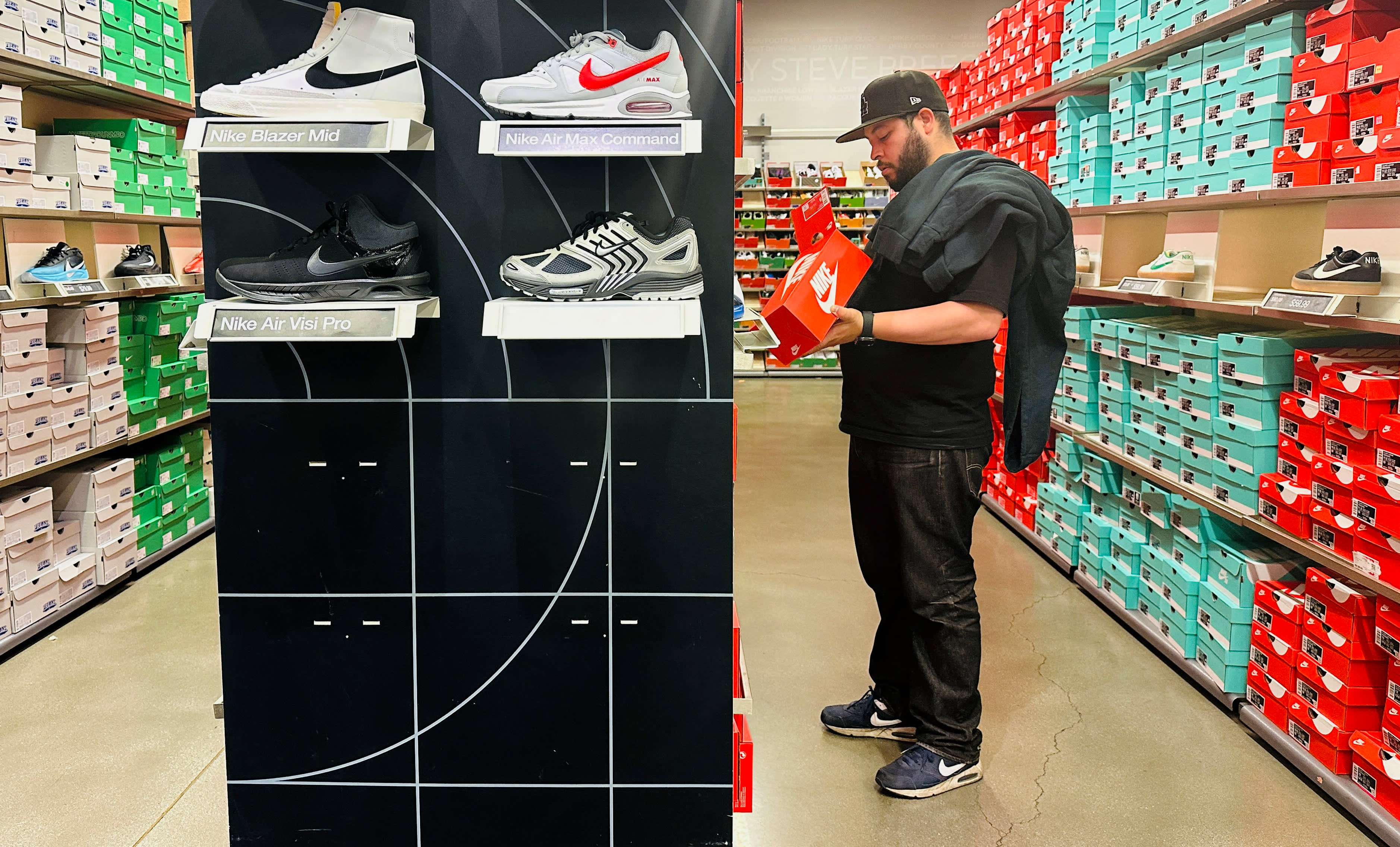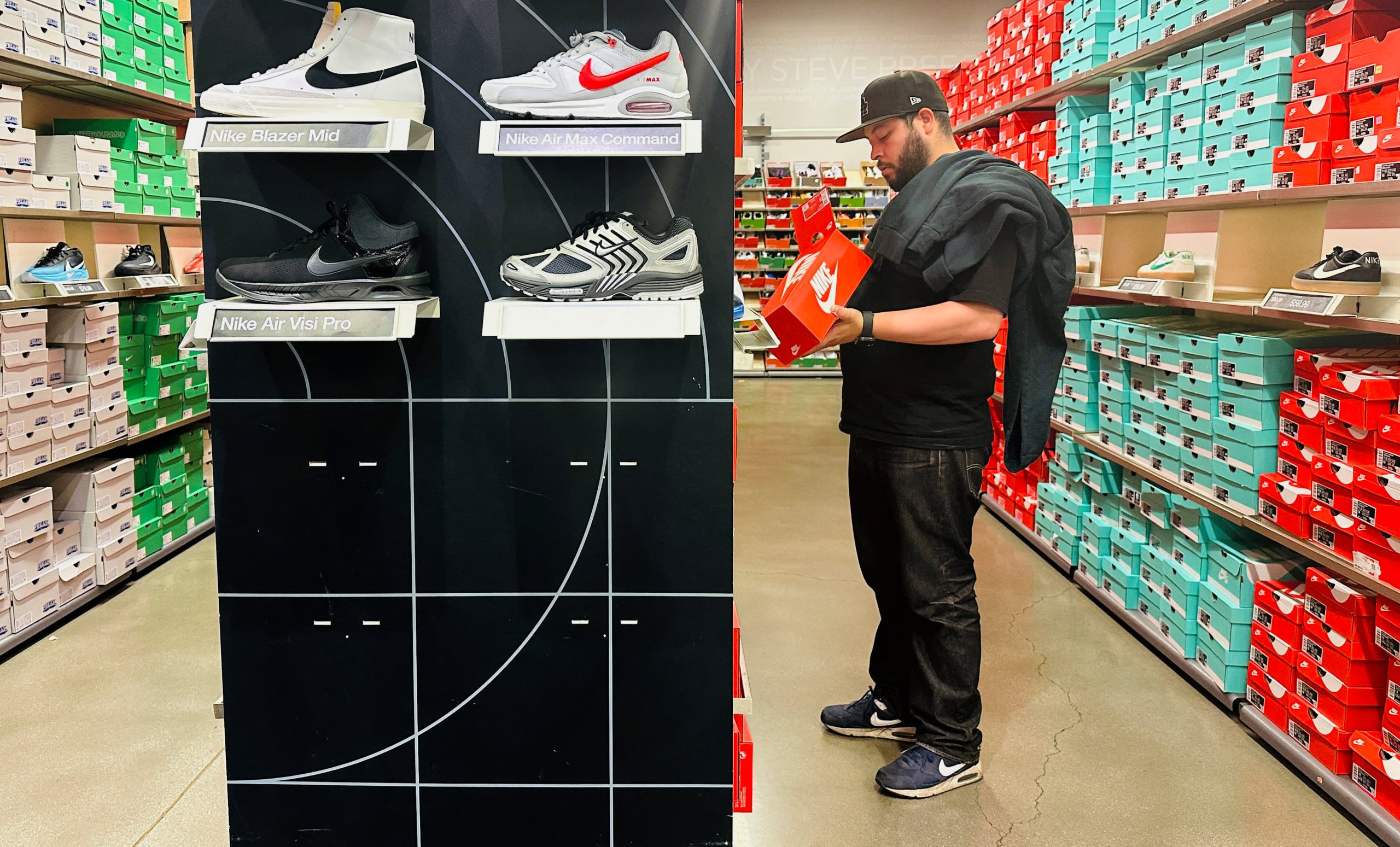
The Footwear Tariff Tango: How Trade Wars Are Stepping on Our Sneakers
*Dude, let’s talk about the elephant in the room—or should I say, the 67.5% tariff on your favorite kicks.* The Trump administration’s trade policies have turned the footwear industry into a high-stakes game of whack-a-mole, with brands like Nike and Adidas scrambling as tariffs hammer their supply chains. Seriously, it’s like watching a detective show where the villain is… *checks notes*… an Excel sheet of import taxes. As a self-proclaimed spending sleuth (and former retail worker who survived Black Friday riots), I’ve dug into the paper trail. Here’s the dirt.
—
1. The Global Shoe Shuffle: Vietnam, China, and the Tariff Shell Game
Picture this: Brands fled China to avoid tariffs, set up shop in Vietnam, and—*plot twist*—got slapped with a 46% tax anyway. Vietnam now supplies *25%* of U.S. footwear imports, but the new tariffs have turned it into a financial minefield. Cambodia, Bangladesh, and Indonesia are sweating too, as factories play musical chairs with production lines.
Nike’s stock dipped like a rookie basketball player’s knees, Adidas lost 9% in market value, and Puma face-planted with an 11% drop. The industry’s unified scream? “Get footwear off the tariff list—*stat*.” But here’s the kicker (pun intended): Even if brands reshore production to the U.S., prices would *still* skyrocket. American labor isn’t cheap, and neither is retooling supply chains overnight.
—
2. The Consumer Footprint: Paying $200 for Flip-Flops?
Let’s math this out: The average shoe tariff is already 11.3%, but some categories (looking at you, waterproof leather boots) hit *67.5%*. Add Trump’s proposed 25% hike, and *boom*—near-100% duties. The Footwear Distributors & Retailers of America estimates a $7 billion annual hit to consumers. Translation: That $100 pair of Nikes? Try $200.
And who gets stomped hardest? Working-class families. While CEOs debate supply chains, single parents are side-eyeing their kids’ growing feet and praying Payday hits before back-to-school season. The industry warns of job losses and wage cuts, but let’s be real—the real crime here is forcing people to choose between rent and *arch support*.
—
3. Wall Street’s Sneaker Freakout: Investors Are Noping Out
Tariff uncertainty = investor panic. Adidas scrapped its annual forecast, Puma’s stock nosedived, and analysts are scribbling “SELL” in all caps. The volatility isn’t just about shoes; it’s a symptom of a bigger economic trust fall. When trade policies change faster than TikTok trends, even hedge fund bros get twitchy.
Meanwhile, brands are stuck in a lose-lose: Absorb the costs (and watch profits vanish) or pass them to consumers (and watch sales tank). The American Apparel & Footwear Association called the tariffs “catastrophic,” but Washington’s response so far? *Crickets.*
—
The Verdict: A Sole-Searching Moment
Here’s the cold, hard truth: Tariffs are a blunt instrument, and the footwear industry is bleeding. Global supply chains aren’t just about cheap labor—they’re a Rube Goldberg machine of materials, logistics, and *years* of infrastructure. Disrupt that, and the domino effect hits everyone, from factory workers in Hanoi to cashiers in Ohio.
The industry’s plea to axe footwear tariffs isn’t just corporate whining; it’s a survival tactic. Because if a 25% tax hike lands, we’ll all be paying *dystopian* prices for basic necessities. And honestly? Nothing kills the thrill of the hunt faster than realizing your thrift-store gem costs more than your grocery bill.
*Case closed. For now.*

